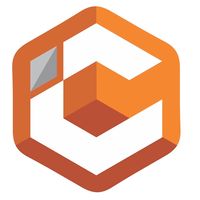156 reads
Beginner's Guide To Telepresence: Develop Your K8s Application Locally
by
January 8th, 2021

We help companies adopt cloud native technologies to make their infrastructure robust and scalable.
About Author
We help companies adopt cloud native technologies to make their infrastructure robust and scalable.